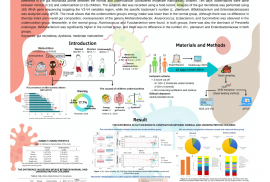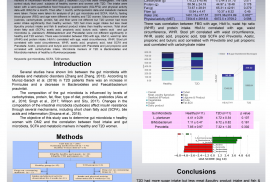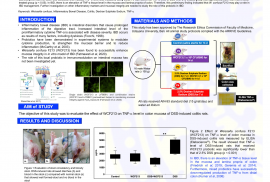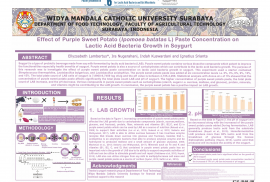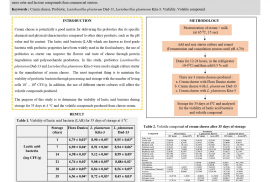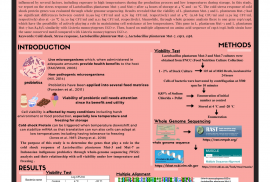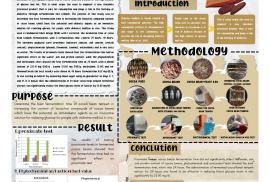By: Rafli Zulfa Kamil, Agnes Murdiati, Mohammad Juffrie, Jiro Nakayama and Endang Sutriswati Rahayu
Abstract
Malnutrition has been associated with the gut microbiota composition and the gastrointestinal environment. This study aimed to evaluate whether there is a difference in the gut microbiota profile between the normal and undernutrition (considered moderate malnutrition) children. Ten days’ observations were done between normal (n:13) and undernutrition (n:15) children. The subject’s diet was recorded using a food record. Analysis of the gut microbiota was performed using 16S rRNA gene sequencing targeting the V3-V4 variables region, while the specific bacterium’s number (L. plantarum, Bifidobacterium and Enterobacteriaceae) was analyzed using qPCR. The result shows that the undernutrition group’s energy intake was lower than in the normal group. Although there was no difference in diversity index and overall gut composition, overexpression of the genera Methanobrevibacter, Anaerococcus, Eubacterium, and Succinivibrio was observed in the undernutrition group. Meanwhile, in the normal group, Ruminococcus and Fusobacterium were found. In both groups, there was also the dominant of Prevotella enterotype. Bifidobacterium was significantly higher in the normal group, and there was no difference in the number of L. plantarum and Enterobacteriaceae in both groups.

